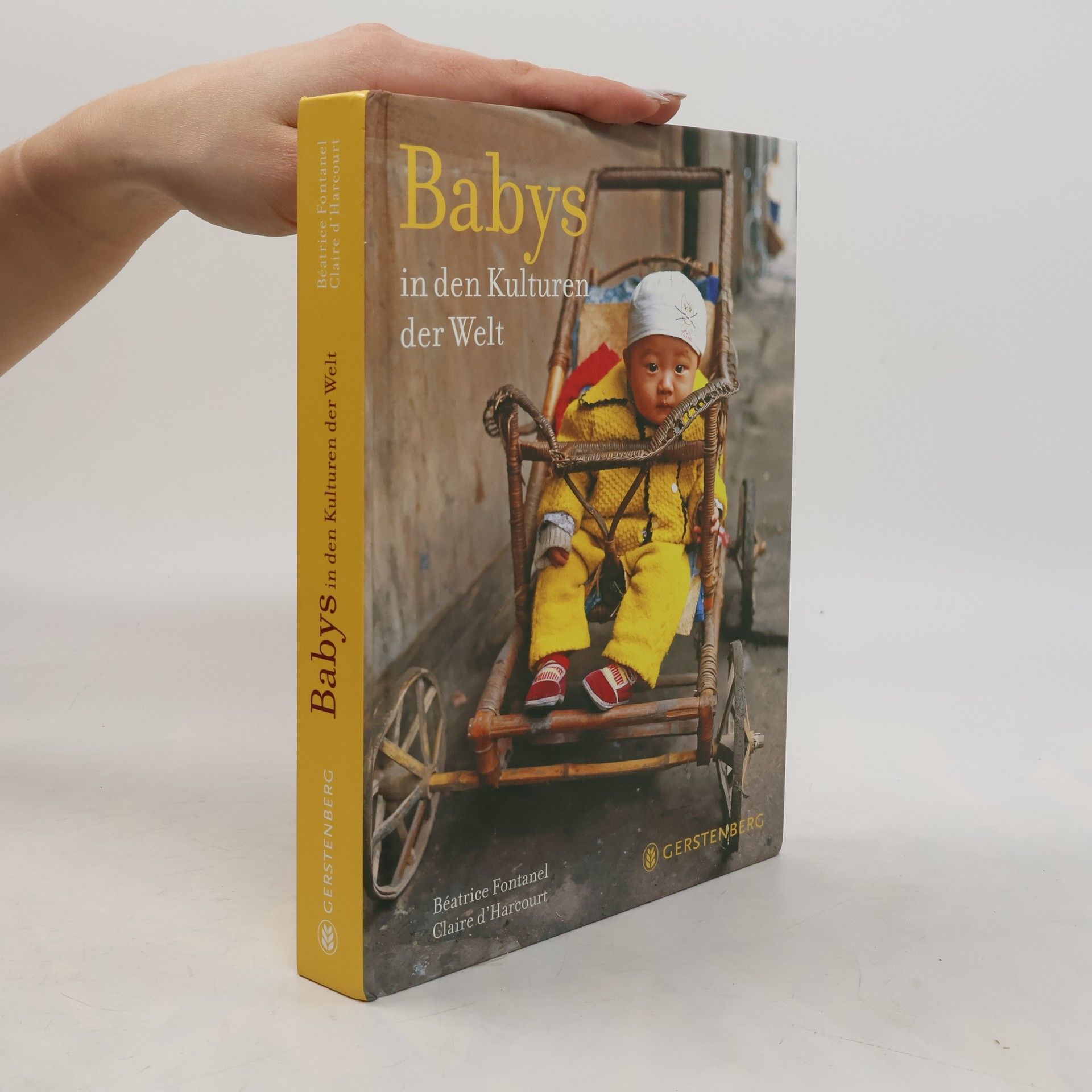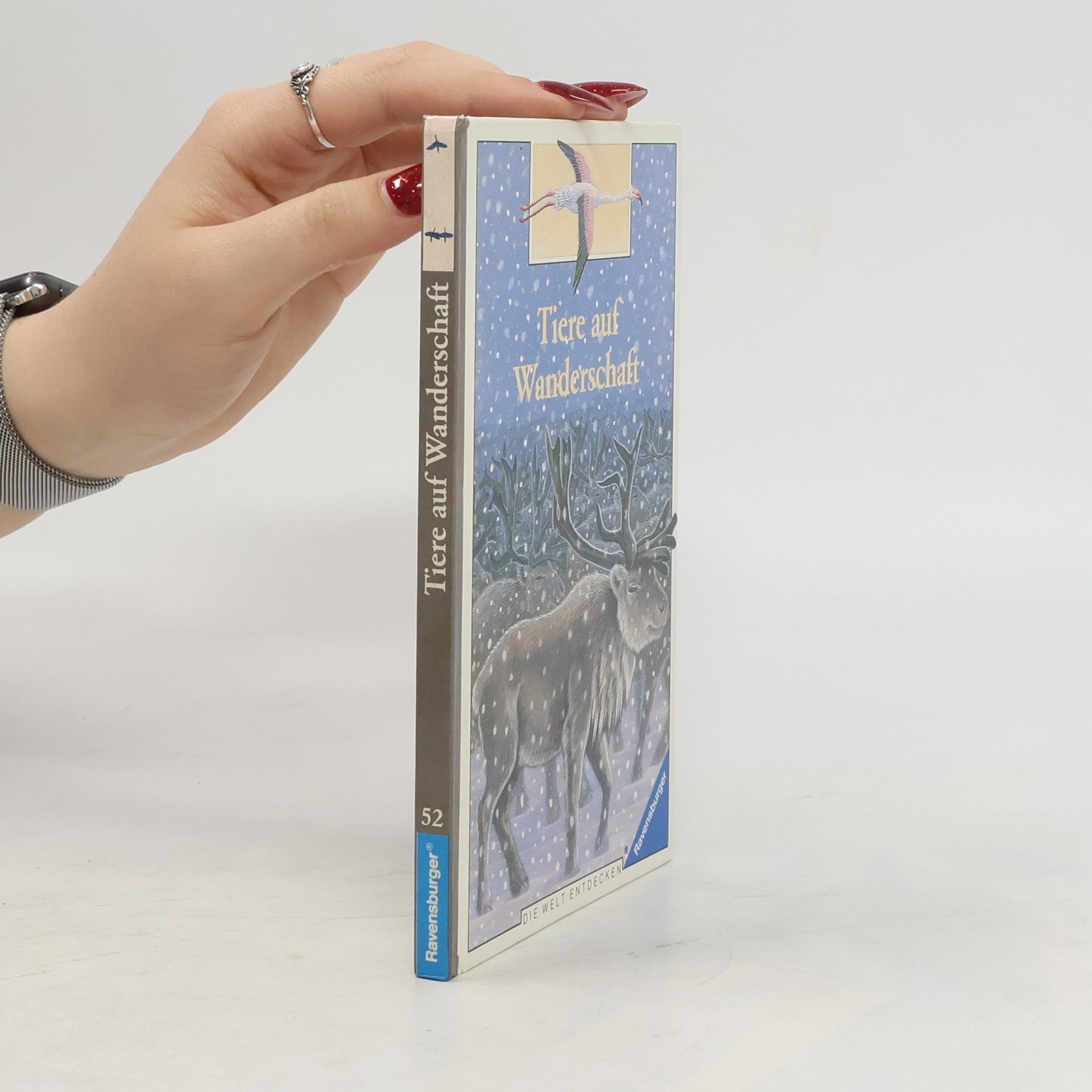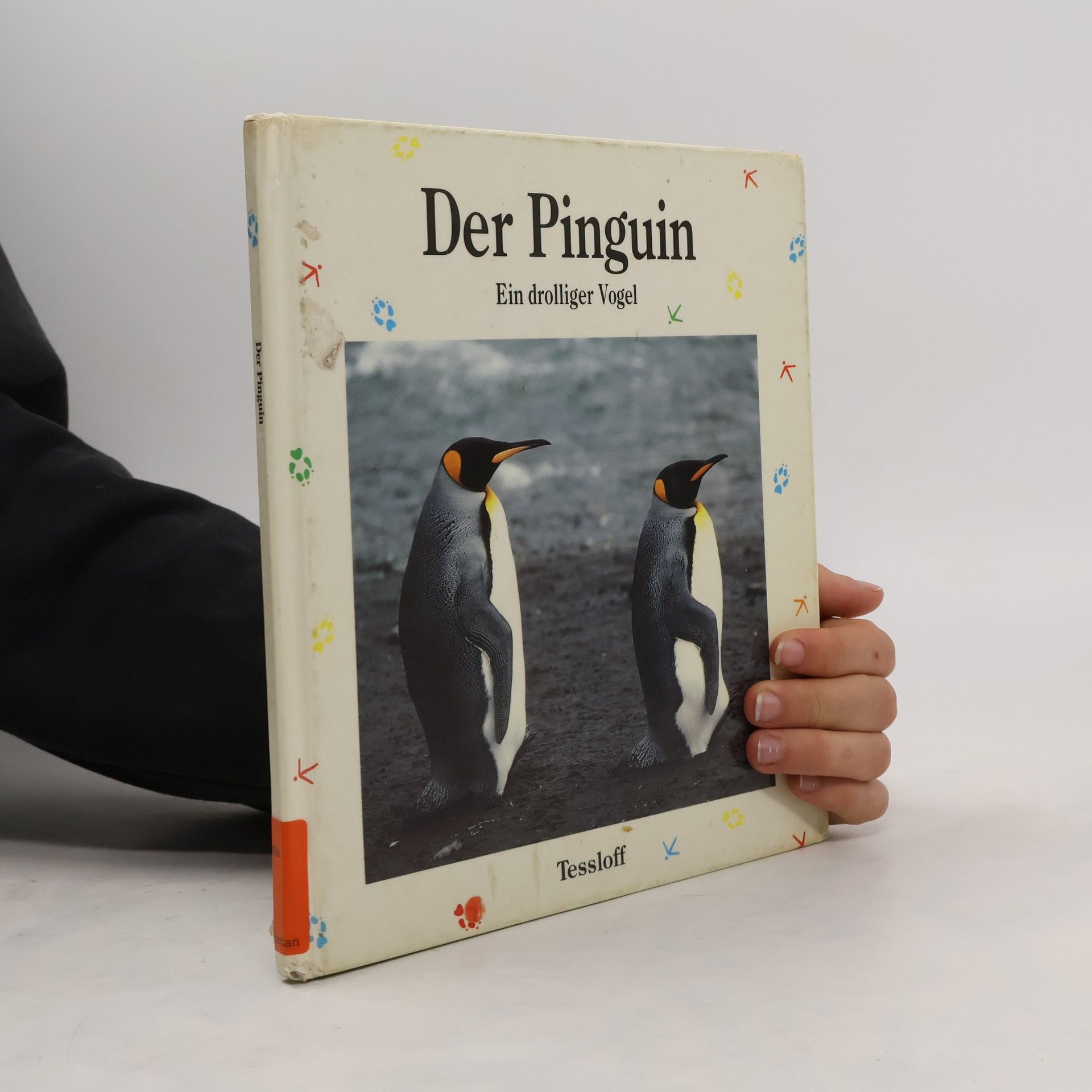Béatrice Fontanel Livres
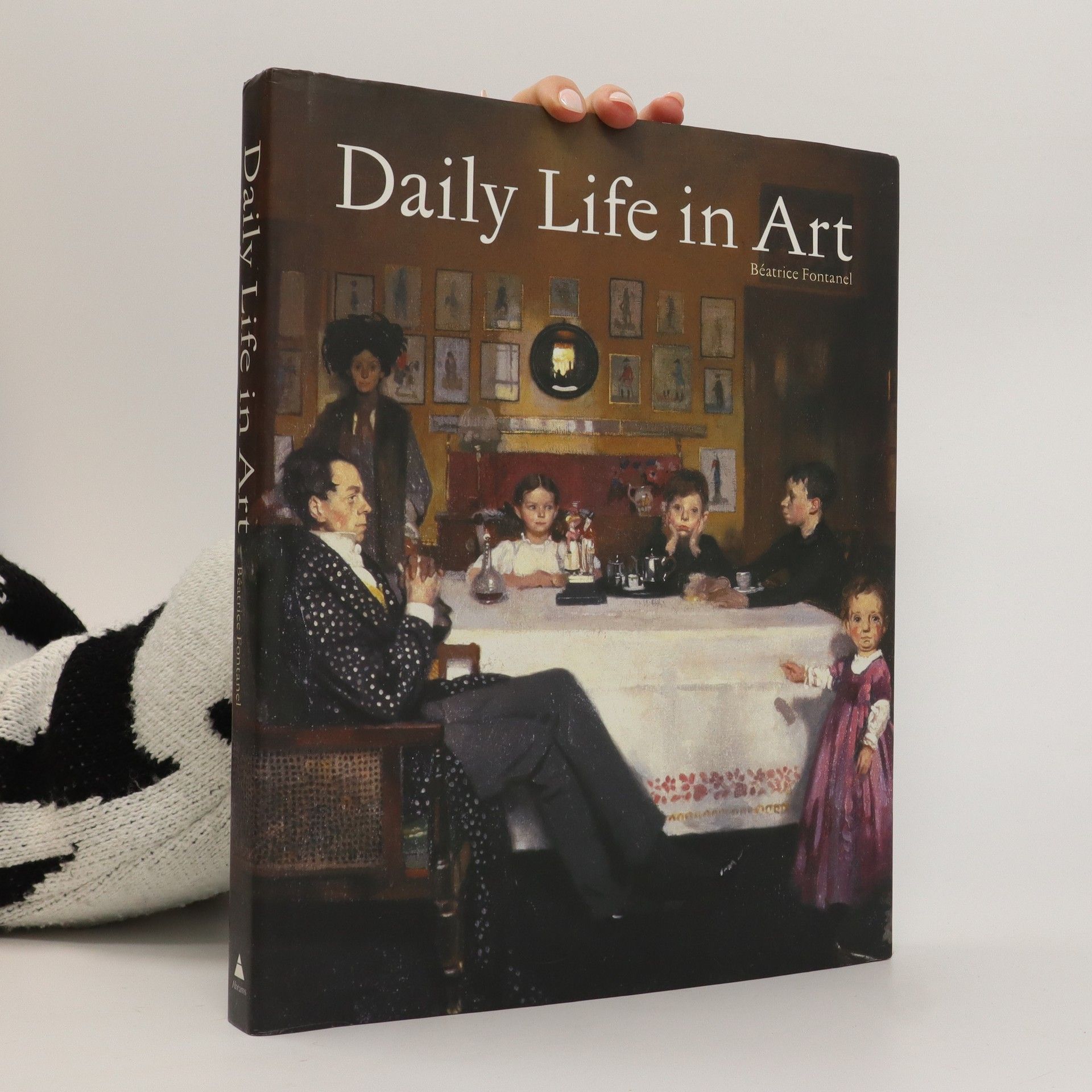


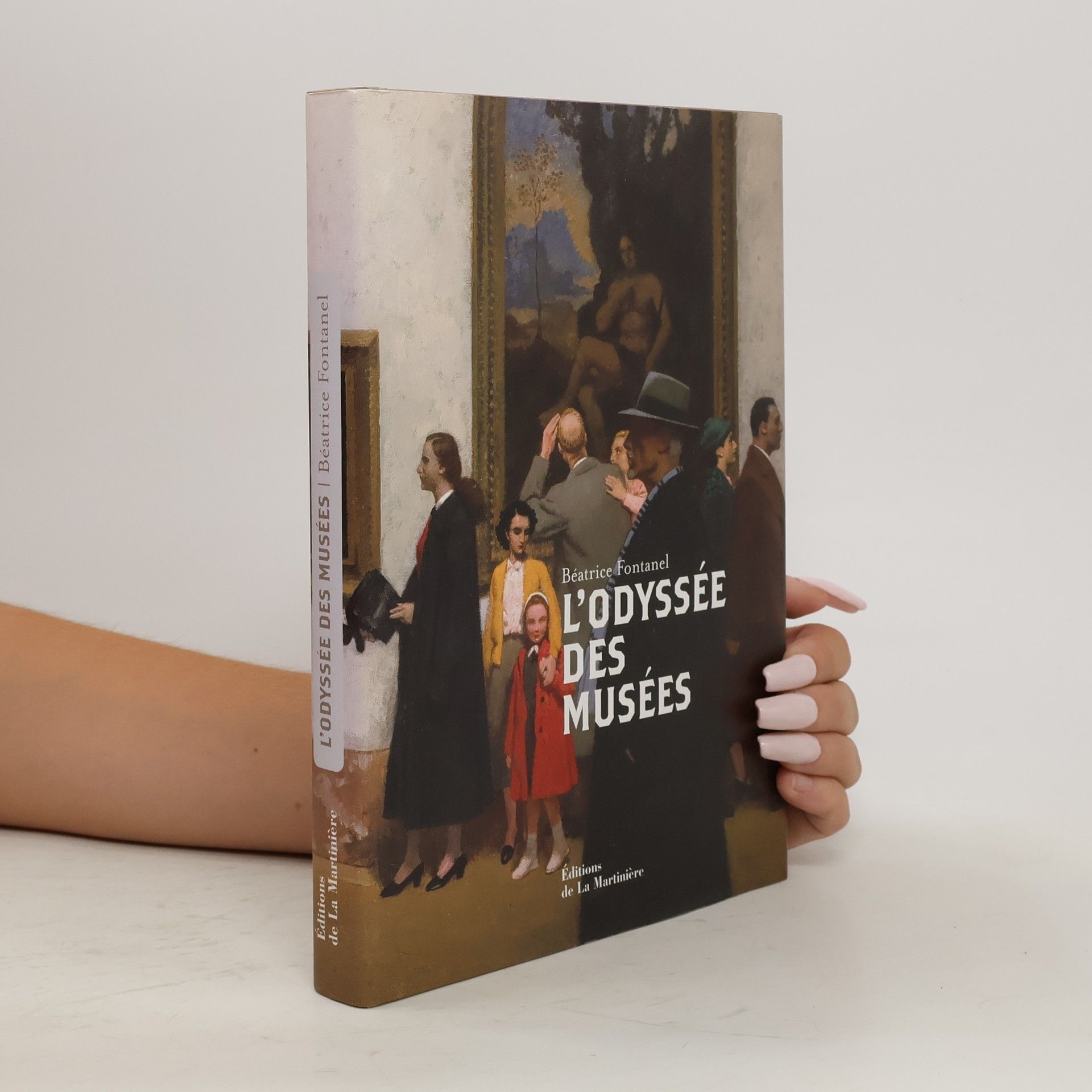
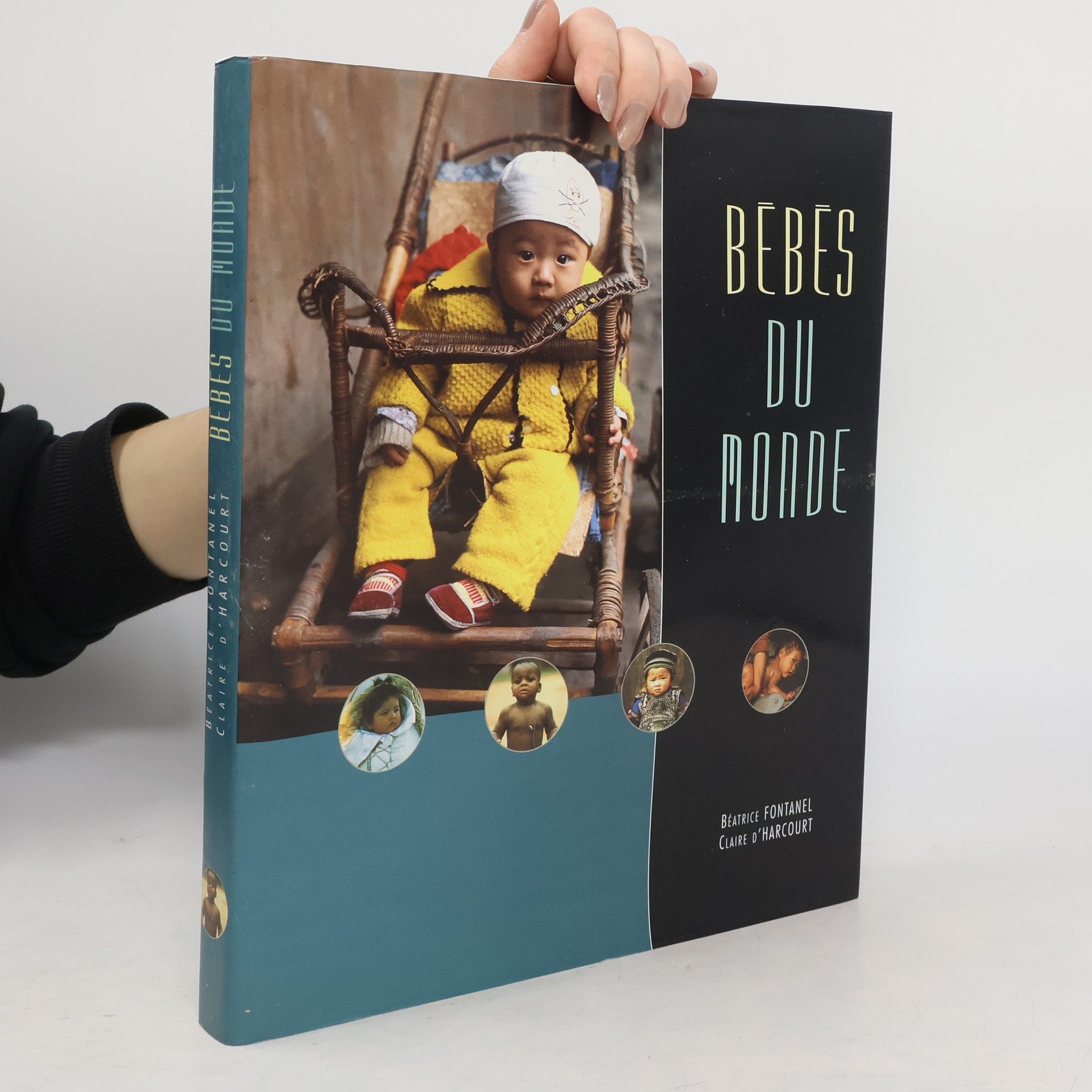
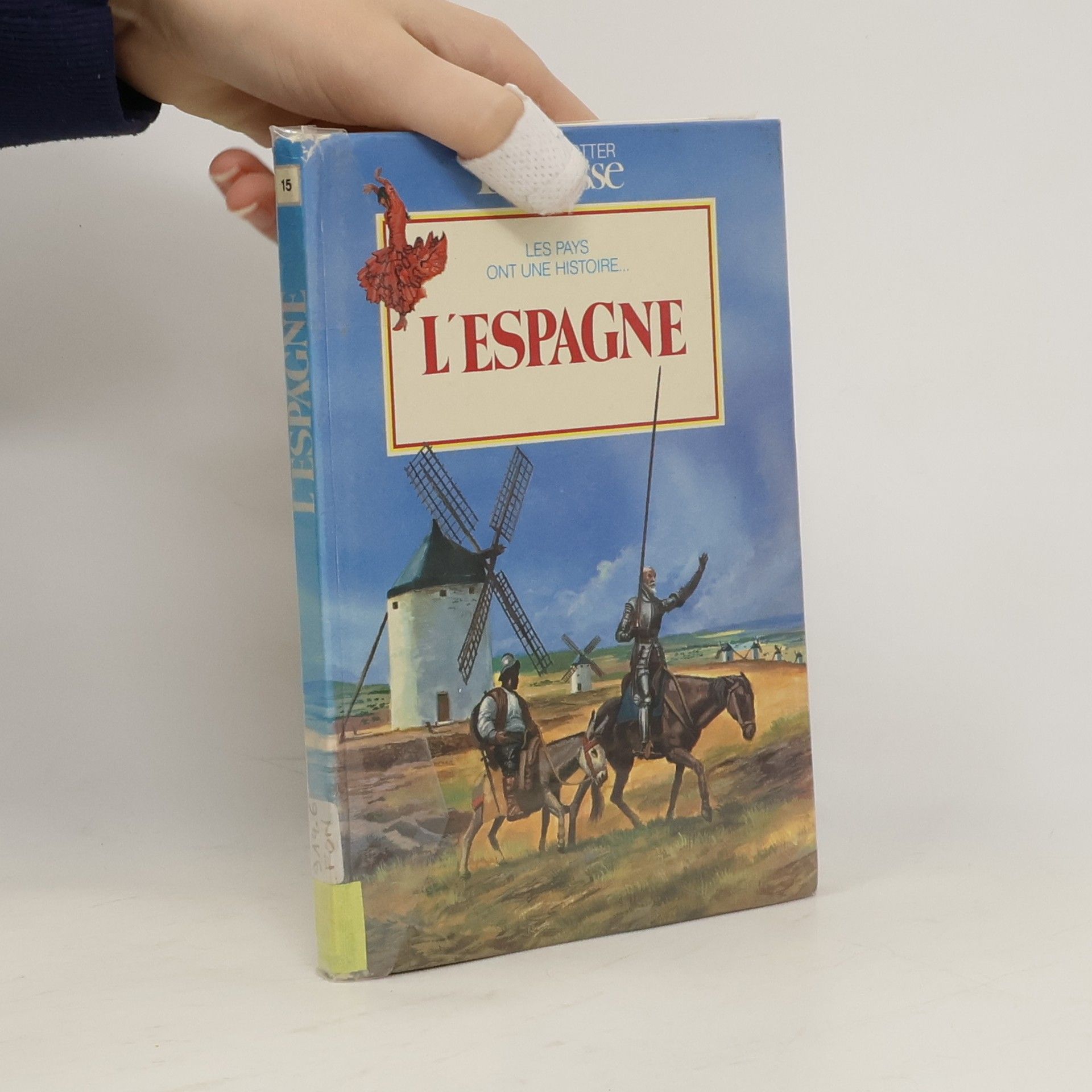
Bébés papous, bébés pygmées, bébés zoulous, bébé sioux, bébés hindous, bébés mandchous, bébés pékinois, iroquois, zaïrois, bébés lapons, patagons... Un tour d'horizon des différents modes de vie des nourrissons du bout du monde : accessoires, gestes, soins propres à chaque culture, la place du bébé dans ces différentes sociétés traditionnelles.
Depuis l'Antiquité, au temps où les Grecs faisaient payer une obole aux fidèles pour leur permettre d'admirer les trésors des temples, le musée a connu de nombreux avatars. En suivre les diverses métamorphoses permet de découvrir, au fil des siècles, comment les grandes collections, qui sont aujourd'hui les fleurons des musées, se sont constituées et quelles aventures elles ont subies : vols, razzias, invasions, guerres, restitutions. Présenté de façon chronologique, cet ouvrage raconte la fabuleuse odyssée des musées : l'accumulation d'œuvres d'art réservées aux dieux, les cabinets de curiosité créés pour la délectation des souverains, l'ouverture au grand public des collections royales ou encore l'essor actuel des musées conçus dans le monde entier par les plus grands architectes.
Gallimard Jeunesse Musique: La musique des Gitans
Le petit cheval d'étoiles
- 31pages
- 2 heures de lecture
Laissez vous envoûter par le son du violon, des guitares manouche et flamenco, du cajon, des palmas et des voix qui chantent en manouche et en catalan.
"The comforts of home" may be a cliché, but how has its meaning evolved over centuries? Béatrice Fontanel seeks answers to that question through the prism of visual art. Her close reading of nearly 100 European and American paintings, reproduced vividly in large format, illuminates the technical innovations and practical improvements brought about from the Middle Ages to the 20th century. How did fireplaces become the preferred source of warmth? When did people stop sleeping in the nude? From the bedchamber to the chamber pot, art has borne witness to our most intimate domestic activities. Just as How to Read a Painting helped readers to appreciate the art itself, Daily Life in Art helps them understand the painting not only as object, but also as cultural artifact.
Journeys through Louvre Abu Dhabi
- 96pages
- 4 heures de lecture
An exploration of artworks at Louvre Abu Dhabi highlighting the work of fearless explorers of past centuries outside of Europe Designed to take the reader on a long journey around the world, this large-size album embarks on a tour to the heart of one the world's most beautiful museums, the Louvre Abu Dhabi, a major art museum with a universal calling. The book travels across civilizations through the prism of a hundred of the museum's most beautiful and stunning works of art, a tribute to humanity's artistic creation, from prehistoric times to the present day. The collection shines a spotlight on the works of Arab physicians and mathematicians, African blacksmiths, Chinese ceramists, and many others--proving that in spite of wars and age-old rivalries, civilizations have always mingled and become enriched as a result.
Auf sehr lebendige Art schildert dieser faszinierende Fotoband, wie Babys in anderen Teilen der Welt leben - wie sie gebadet, gepflegt und gekleidet oder wie sie in den Schlaf gewiegt werden. So mag es uns zwar befremdlich erscheinen, dass Aborigines ihren kleinen Nachwuchs in Rauch baden, dass Inuit-Mütter ihren Babys Mooswindeln anlegen oder dass Eltern in China die Schühchen ihres Kindes verstecken, damit es im Schlaf nicht fortgehen kann, aber letztlich sind es doch die immer gleichen Sorgen, die Eltern auf der ganzen Welt umtreiben. Und das Wissen, dass es auch anders geht, als wir es kennen, inspiriert uns, Neues zu entdecken und auszuprobieren.

